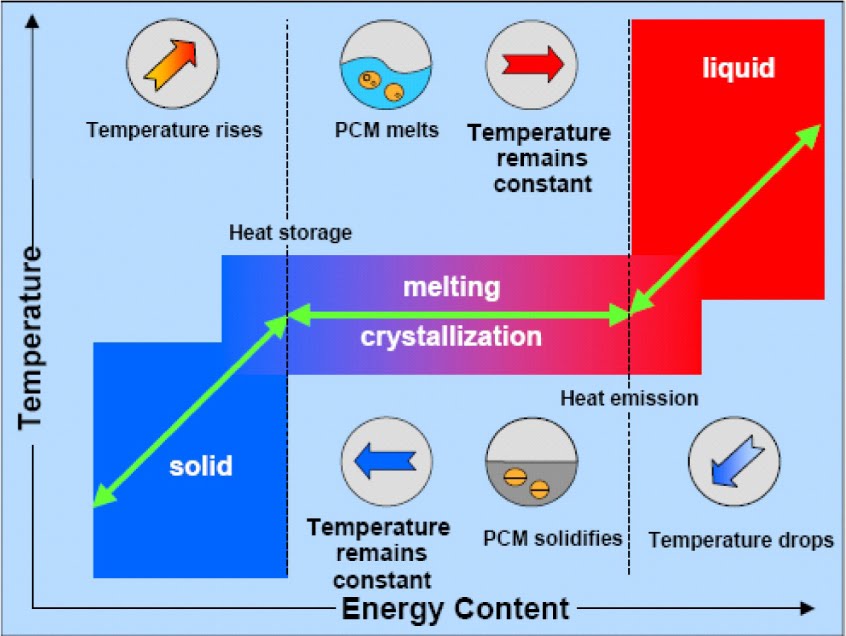
SUPER SUSTAINABLE PCM (Phase Changing Materials)
Thermal conductivity of phase change material is very low varies from 0.16 to 0.25 W/mK, which can be enhanced by mixing nanoparticles and metallic foam into these materials.

Phase Change Materials in the Building Industry by Henk de Haan Issuu
Phase change materials have garnered extensive interest in heat harvesting and utilization owing to their high energy storage density and isothermal phase transition. Nevertheless, inherent leakage problems and low heat storage efficiencies hinder their widespread utilization.
The state of Phase Change Materials in Australian building design
An anatomical operation of more than 100 documents (published between 2006 and 2016), on the behavior of storage systems integrating Phase Change Materials (PCM), covering a large number of configurations treatment and their applications in thermal comfort of buildings area, has shown that the information published in this topic are very diverse.
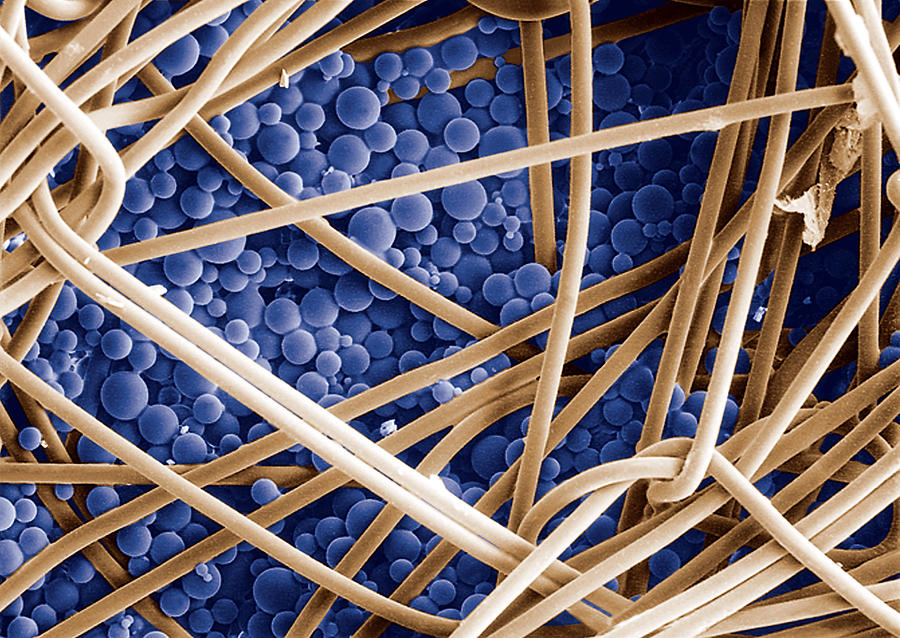
Phase Change Material, Sem Photograph by Outlast Technologies Fine
Phase change materials (PCMs) as thermal energy storage (TES) systems are potential due to their tailored thermal mass and heat comfort. These latent heat storage (LHS) materials possess extremely high energy storage density than conventional one.
The state of Phase Change Materials in Australian building design
1. Introduction Modern infrastructures are required to satisfy increasing demands for enhanced sustainability, green economy, intelligent performance and extended longevity. This urges various developments in advanced and smart materials, design, manufacturing, and characterization techniques.
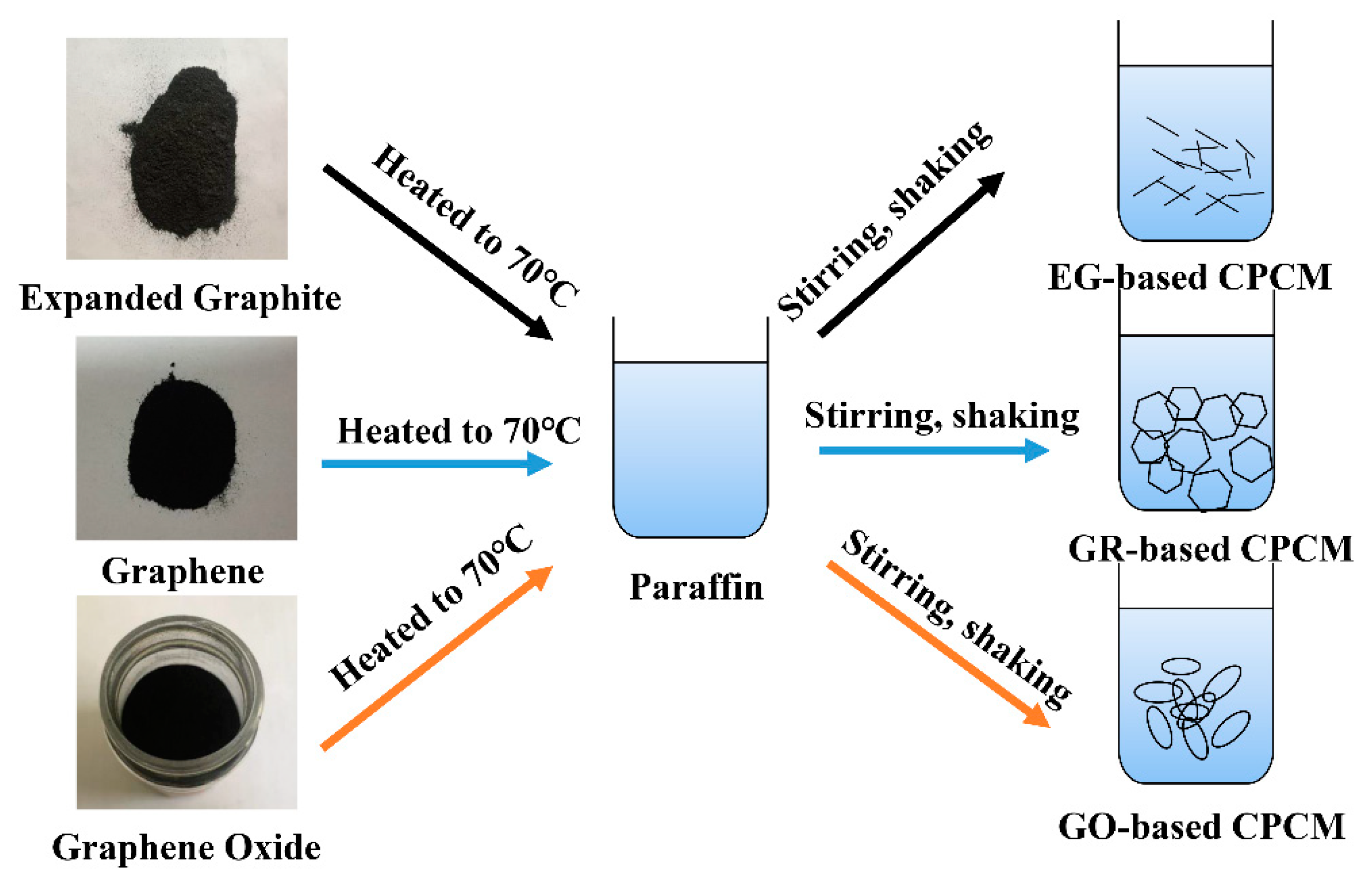
Processes Free FullText Preparation and Performance Analysis of
This article presents a review on phase change material application situations in building, and several aspects are discussed: phase change material major applications in building, phase change material application areas, phase change material application types, phase change material thermal-physical properties, and phase change material applica.

[PDF] Application of PhaseChange Materials in Buildings Semantic Scholar
phase-change materialPCM) is a substance which releases/absorbs sufficient energy at phase transition to provide useful heat or cooling. Generally the transition will be from one of the first two fundamental states of matter - solid and liquid - to the other.
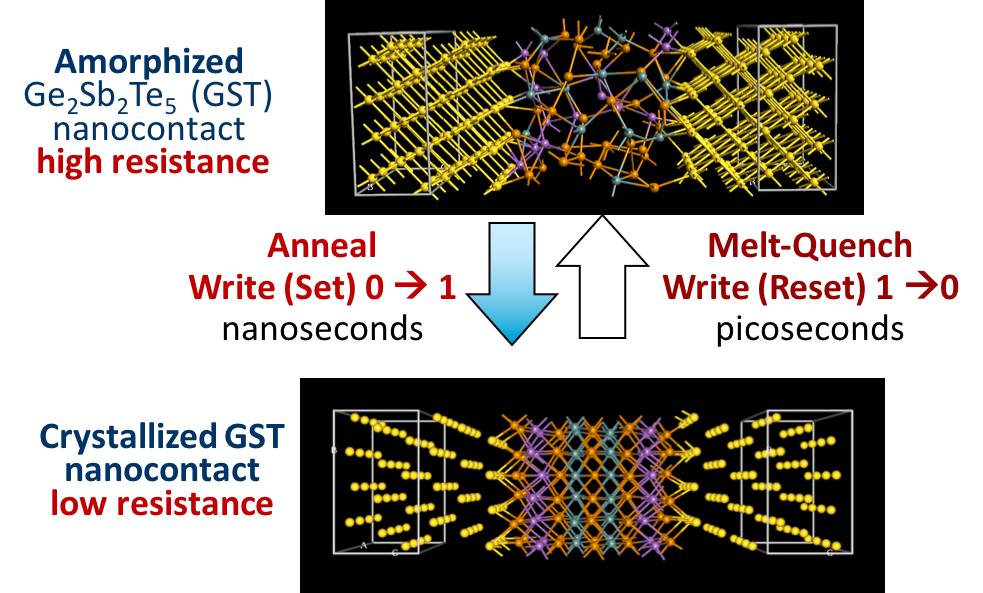
Phase Change Materials Branicio Research Lab
Phase change materials (PCMs) are a group of functional materials that support the same purpose as a function of temperature with intrinsic capability of absorbing, storing and releasing thermal energy in form of latent heat known as enthalpy of fusion [ 1, 2, 3 ], during phase transition cycles at their operating temperatures under isothermal c.
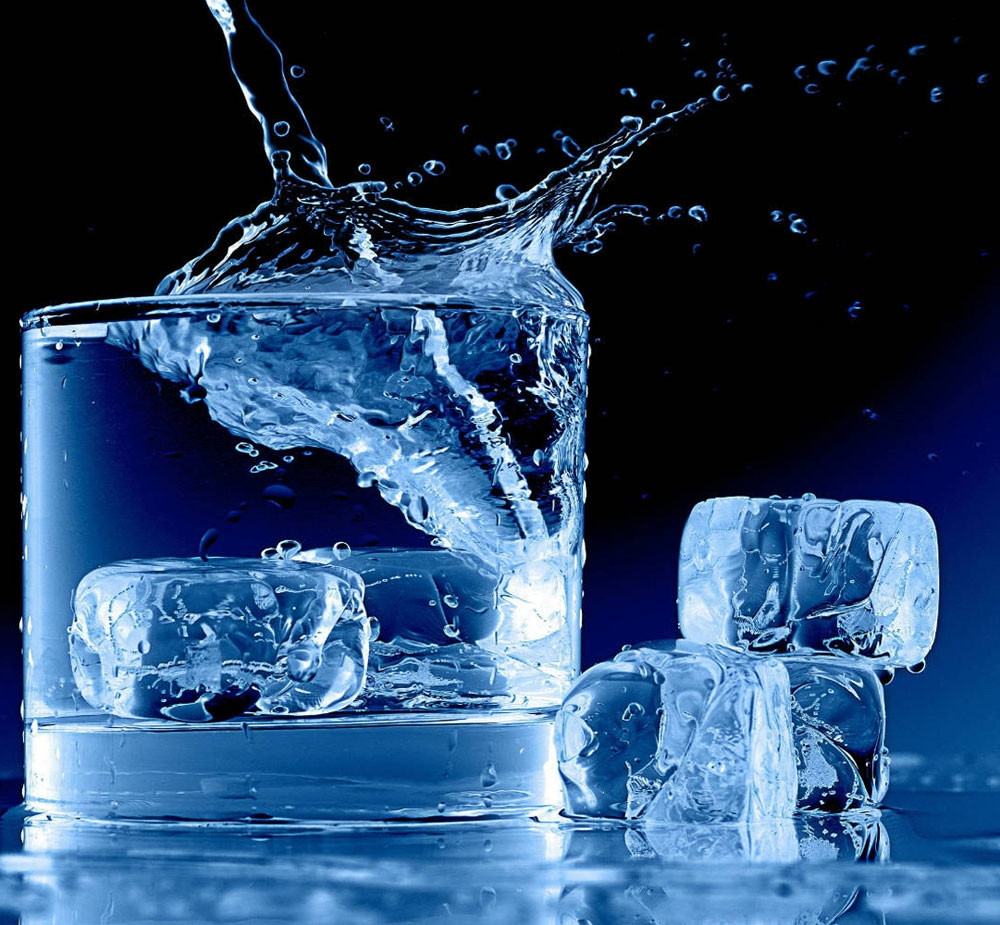
Phase Change Materials The Journal Sam Rodell Architects AIA
Phase change materials (PCMs) have shown their big potential in many thermal applications with a tendency for further expansion. One of the application areas for which PCMs provided significant thermal performance improvements is the building sector which is considered a major consumer of energy and responsible for a good share of emissions.
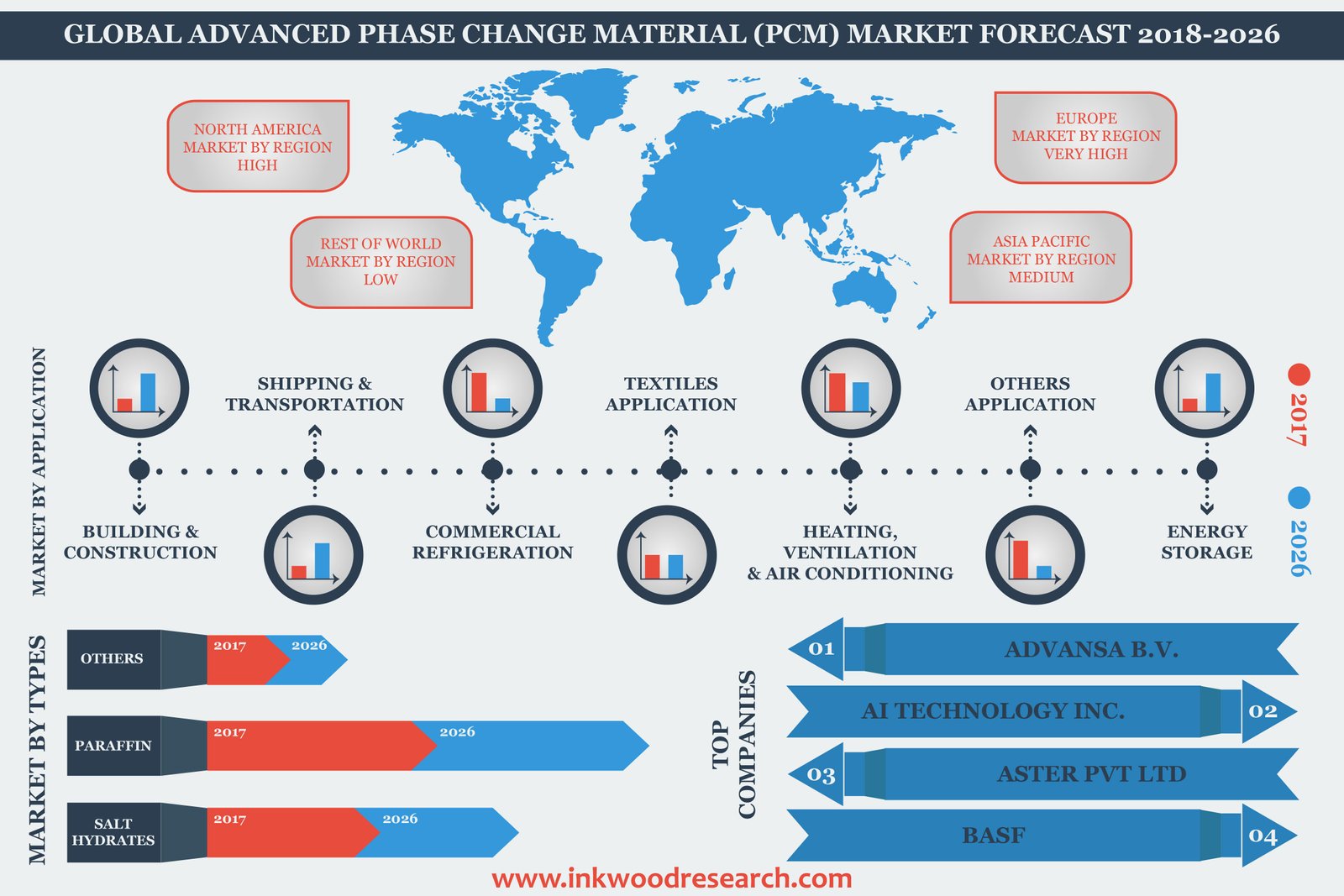
Advanced Phase Change Material Market (PCM) Forecast 20182026
Phase change materials (PCMs) are a class of thermo-responsive materials that can be utilized to trigger a phase transition which gives them thermal energy storage capacity.. They have recently shown promise in architecture and construction and biological applications including smart medicine delivery systems and green solvent formulations.
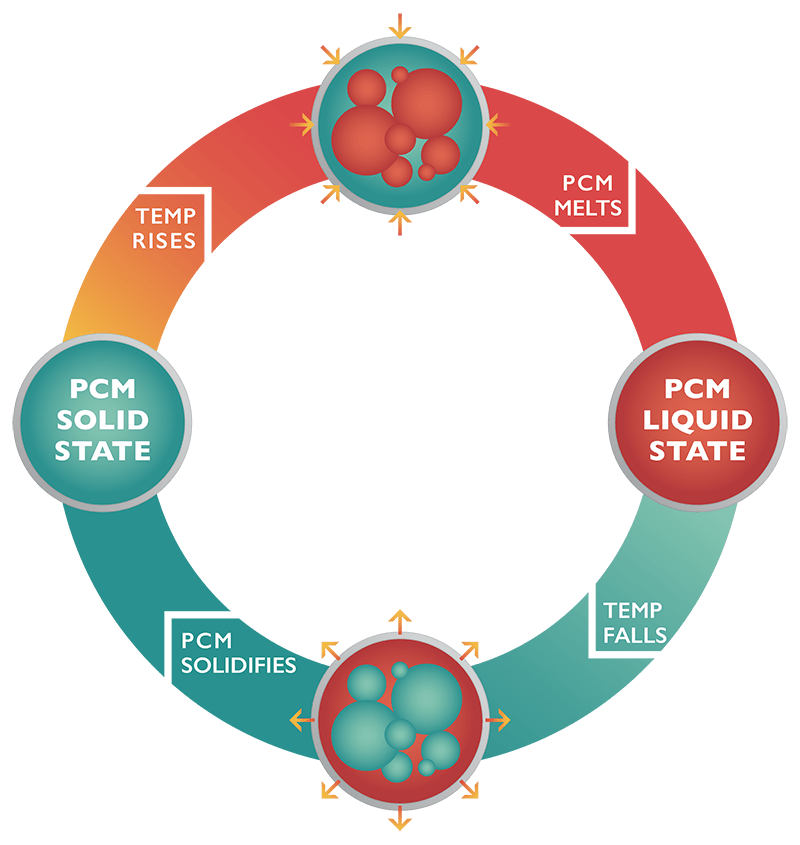
Phase Change Materials Microtek Labs
Type of TES is known as Phase Change Materials (PCMs) that is capable to utilize the latent heat absorbed or released during the phase change of the materials. PCMs can control the ambient temperature within a specific range corresponds to the PCMs' phase transition temperature. If the phase transition temperature of the material matches the.

phase changing material
The application of phase change materials (PCMs) in buildings have been found promising in improving overall building thermal performances. This chapter provides a state-of-the-art in applications of PCMs in buildings.
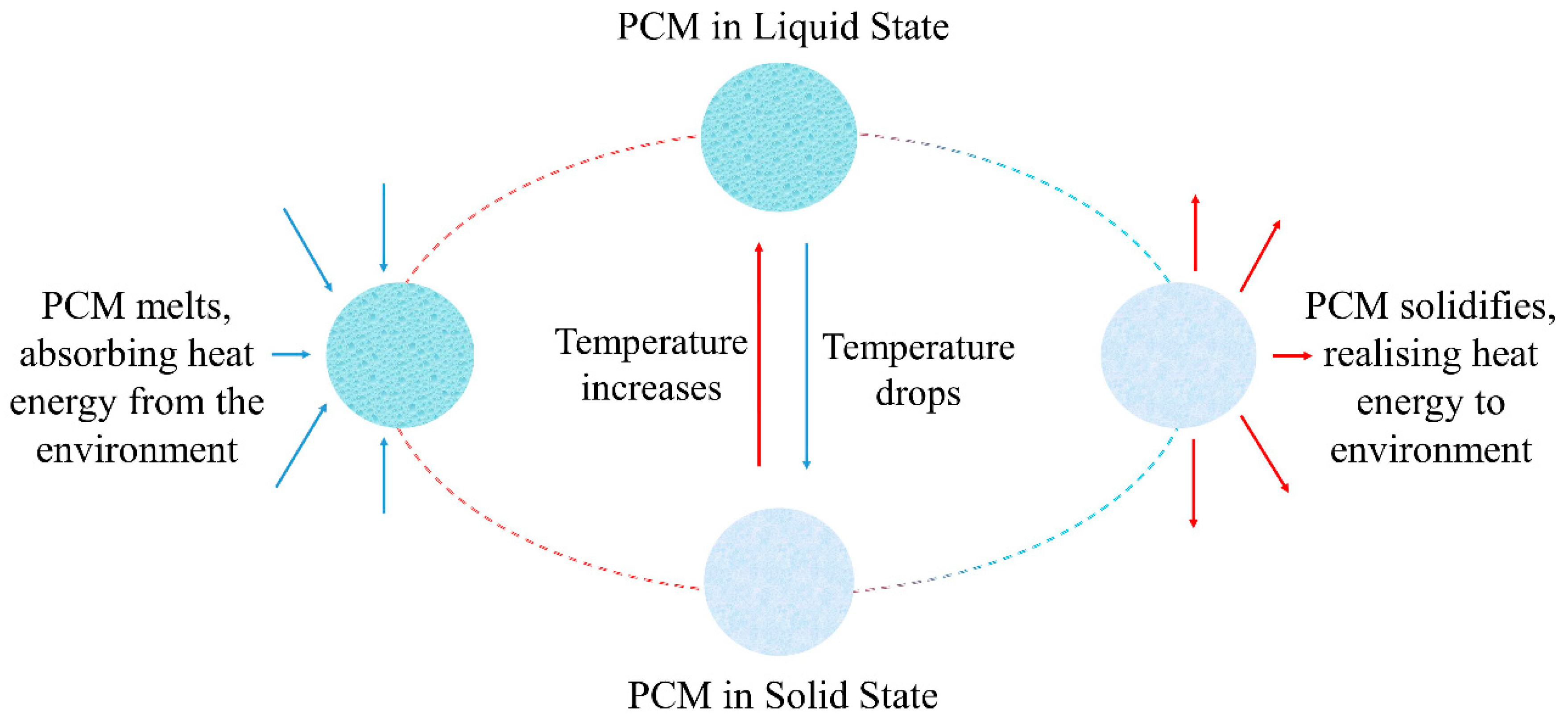
Materials Free FullText Phase Change Materials for Energy
This "phase change"—from a solid to a liquid and back again—looked like the foundation for a new family of building materials, a passive process that could moderate temperature swings and lower demand on heating and cooling systems. ThermalCore was announced at a Greenbuild conference in Phoenix in 2009.
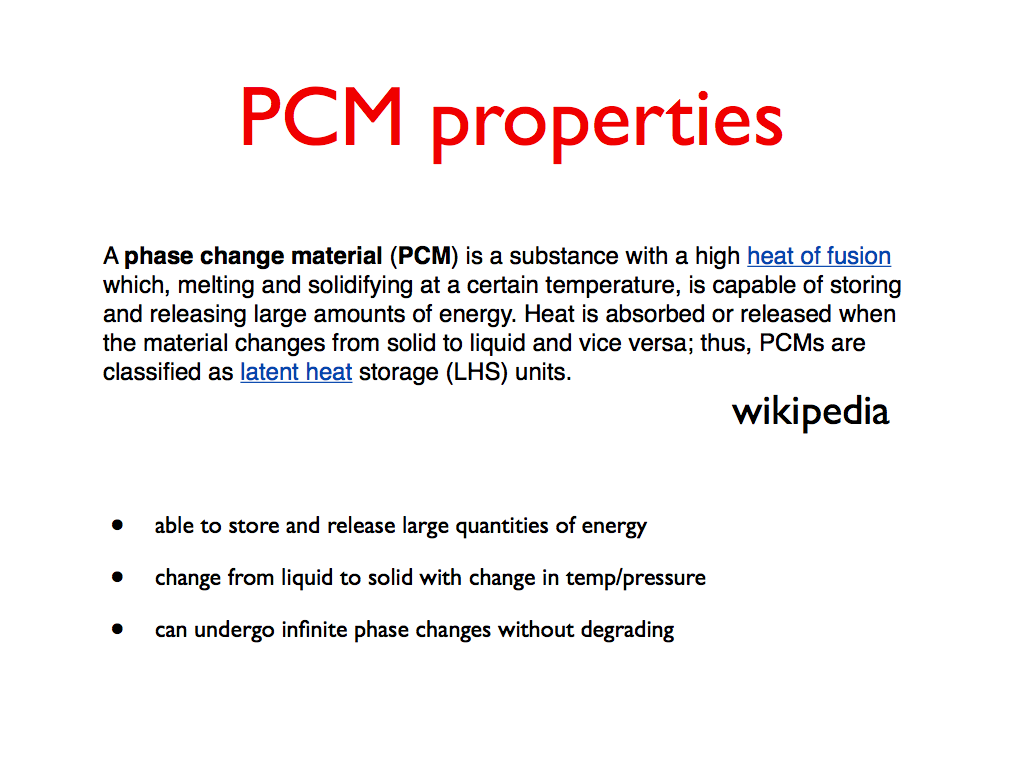
C.Davis SmartMaterials Fall.10 Phase Change Materials
A textbook definition of a phase-change material (PCM) is that it releases or absorbs a substantial amount of energy at a phase transition. The phase change of these materials is usually associated with the change of the state of matter, for example, from solid to liquid or from liquid to gas.
fashioning a greenhouse Installation of phase change materials at AB
This paper presents a review of the latest developments on phase change materials (PCMs) for thermal energy storage (TES) applications in buildings. The paper provides information about material requirements for TES, classification of PCM, mathematical modelling and applications of PCMs. Keywords: thermal energy storage phase change material
The state of Phase Change Materials in Australian building design
Phase-change materials (PCMs) and metal-insulator transition (MIT) materials have the unique feature of changing their material phase through external excitations such as conductive heating, optical stimulation, or the application of electric or magnetic fields, which, in turn, results in changes to their electrical and optical properties. This feature can find applications in many fields.